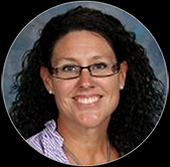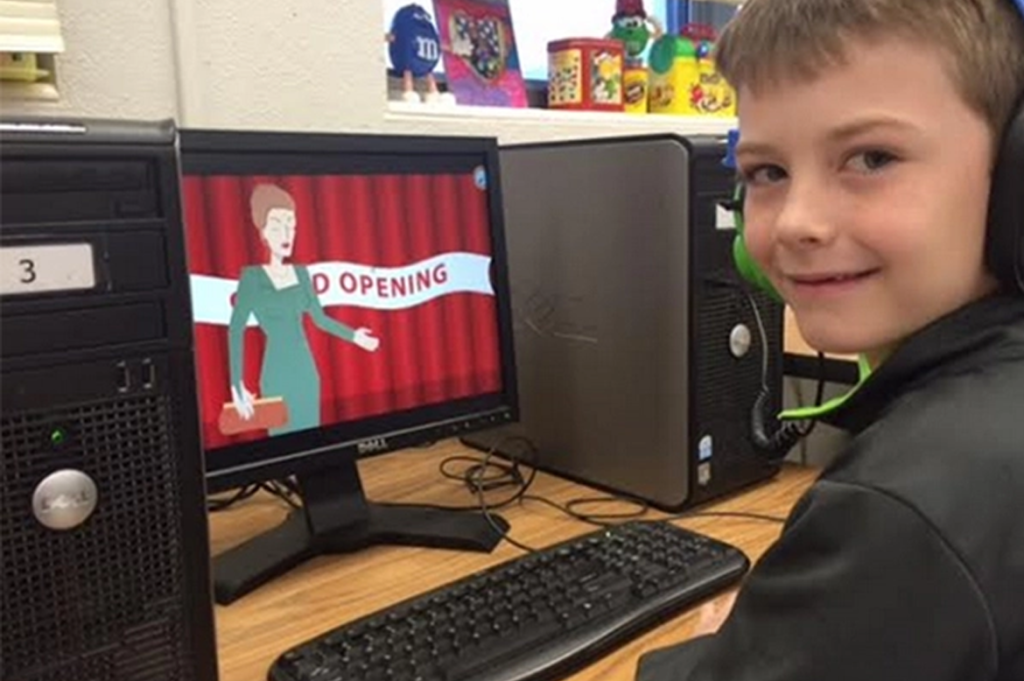- Home
- Success Stories
- Success Story Article
Preparing digital natives for success with Science4Us

If you ask Betty Finnell, she’ll tell you that the best way to teach science to young learners is by using 21st-century learning tools. “That is the way our world is moving,” says Finnell, a science resource teacher at Hillcrest Elementary School in Lake Wales, FL. “Our job is to get these kids ready for the workforce, so we have to drive them so they are ready, prepared, and successful.”

For Ms. Finnell, Science4Us is her 21st-century learning tool of choice. Hillcrest Elementary is a part of Lake Wales Charter Schools, just over an hour south of Orlando. This Florida charter school serves almost 700 pre-K through fifth-grade students, about 75% of which receive free or reduced lunch. The school’s main focus is to provide an encouraging, enriching environment that will teach and inspire its graduates to become lifelong learners.
Ms. Finnell works with kindergarten through second-grade teachers in their classrooms, and she also runs the Florida school’s science lab for grades 3-5. She loves her role at Hillcrest and notes that the teachers, “always want new things to do with their students … they just dive in and do it.”
The school initially used a hands-on science curriculum aligned to the Next Generation Science Standards (NGSS) and the Next Generation Sunshine State Standards (NGSSS) for science. In addition to their core curriculum, Ms. Finnell and her team decided to use Science4Us to reinforce and review the new concepts, as well as preview new, upcoming topics.
Ms. Finnell says this really helps to “drive it [the concept] home” for the students. Second-grade teacher Nicole Goodman agrees. “Science4Us keeps the students engaged and requires them to retell/summarize each topic.” Ms. Goodman loves that the program also provides ready-made enrichment activities that are easy to assign to students.
But why also use Science4Us when the core curriculum meets all the NGSS and NGSSS standards? Ms. Finnell says doing both really drives it home for the students. “[The primary curriculum] is hands-on, so the kids can remember it, but their world is a digital world,” she says. “By having Science4Us, we can give them what they’re used to. They’re able to manipulate science virtually, it makes our job easier, and we’re helping them to retain the knowledge that we want them to learn.”

Ms. Finnell shared that getting the students to use Science4Us is never a problem. It’s “very easy to navigate,” as well as fun and interactive. “Students are simply able to explore and dive in,” she says. In school, the teachers use the online content for whole group instruction, centers, and individually in the computer lab. The offline activities provide support for kids who need extra practice with the concepts.
Ms. Finnell strongly believes in teaching even the youngest students about science. “We as educators have to make sure we expose our kids to all of these ideas and let them know that everything involves science and how it works.” She finds her students more engaged in science after using Science4Us. “That’s what they’re used to … being on a computer or video game or iPad doing those types of interactive activities,” she says. For the teachers at Hillcrest Elementary, Science4Us makes a great supplementary curriculum to prepare digital natives for success in the 21st century.